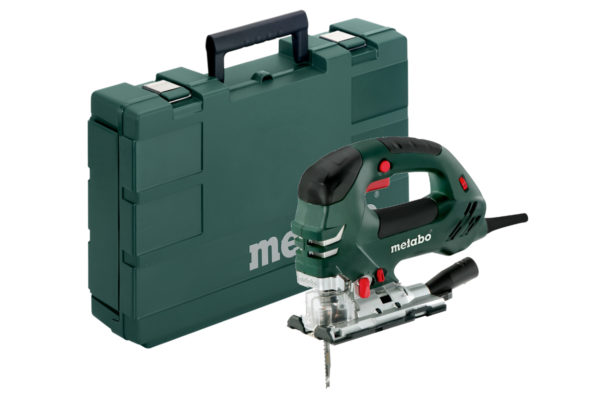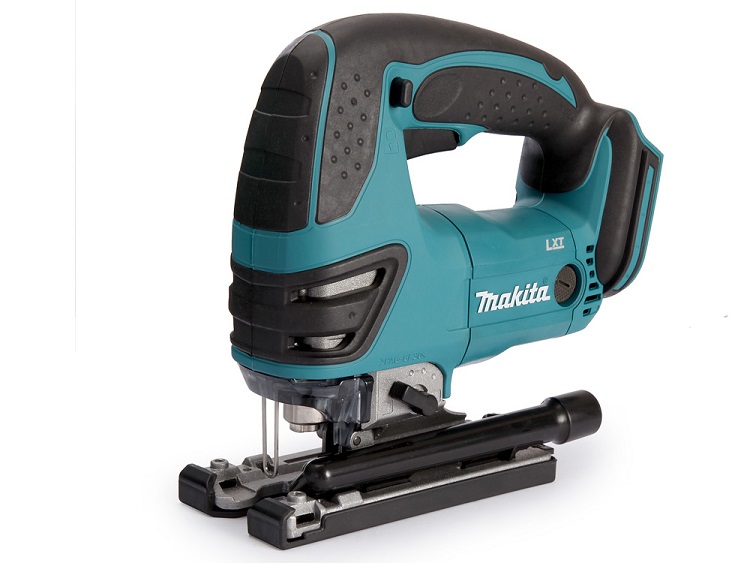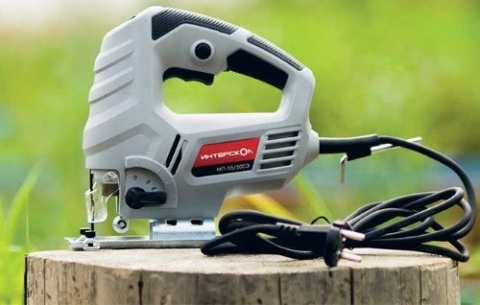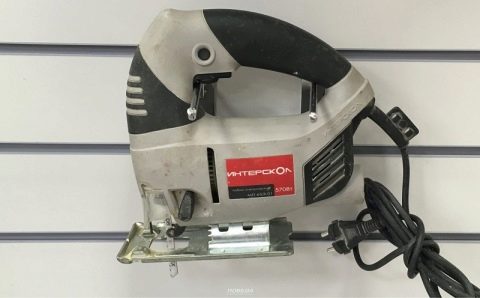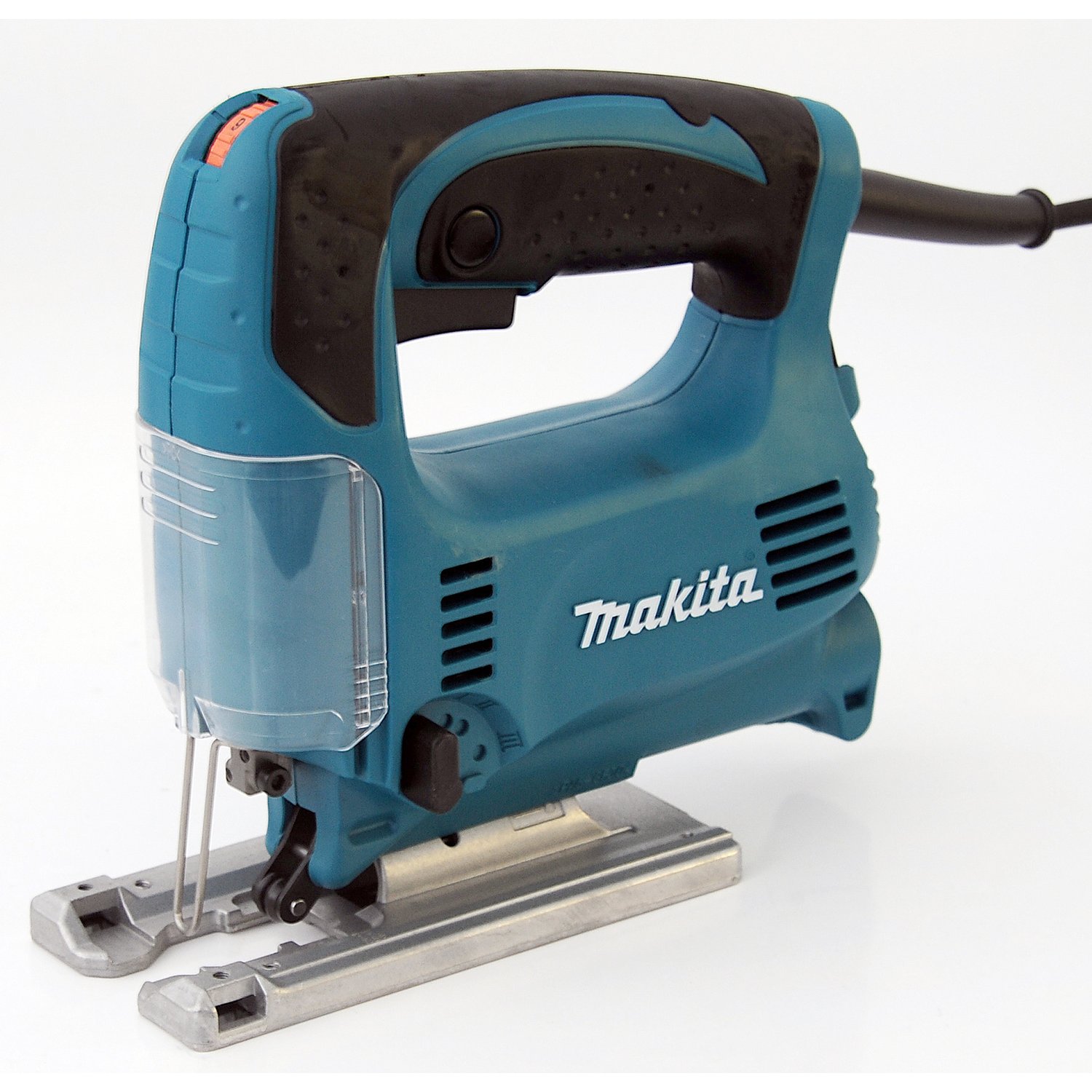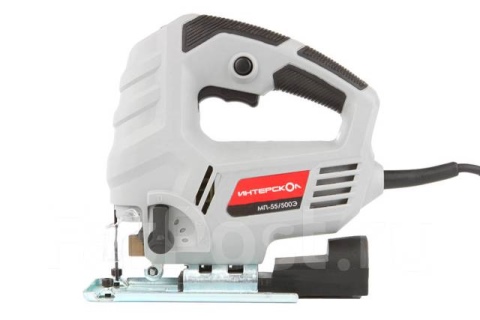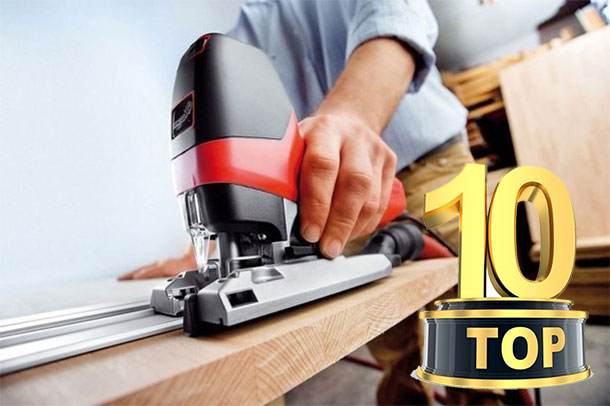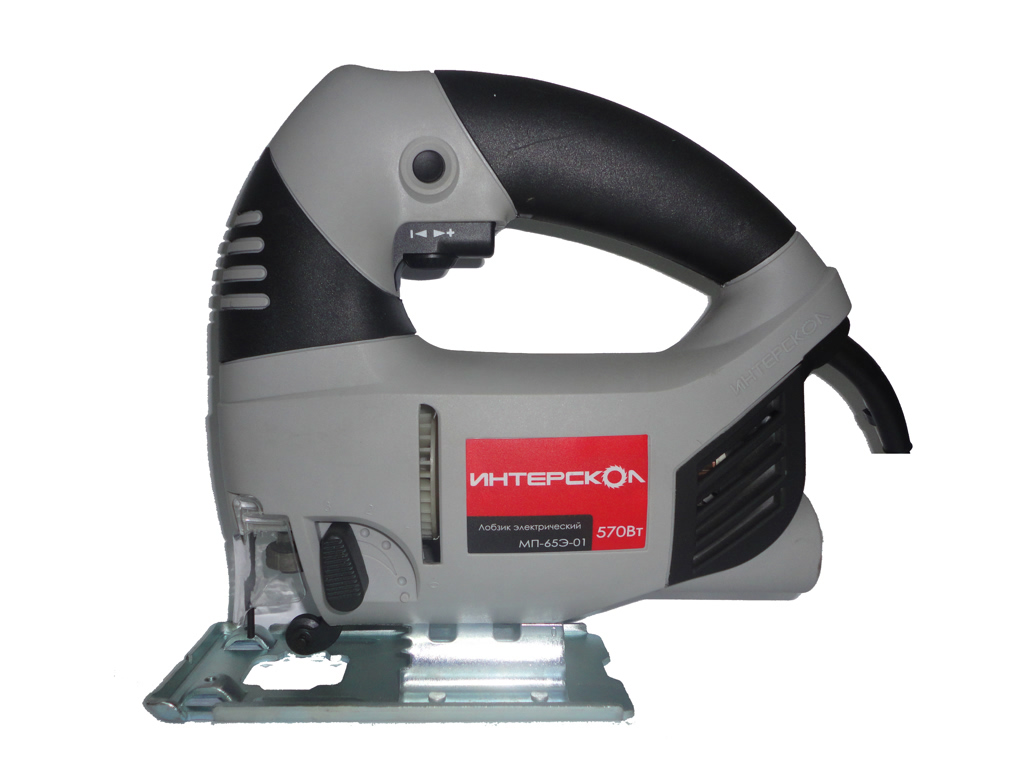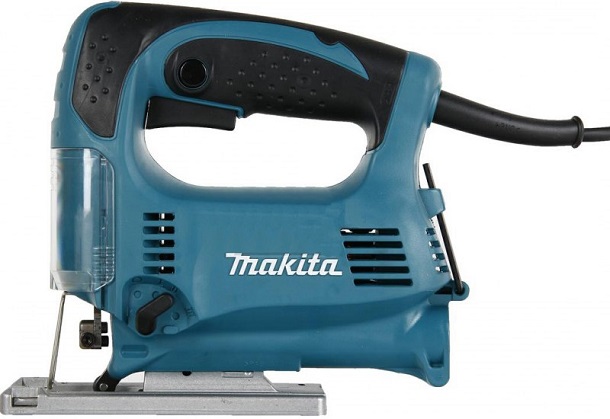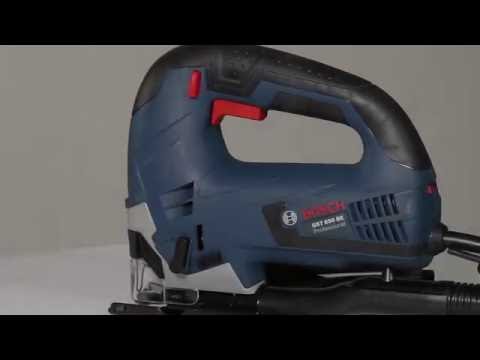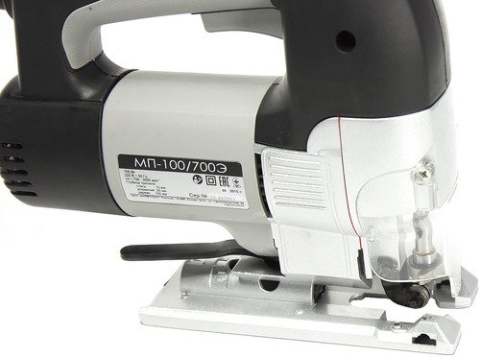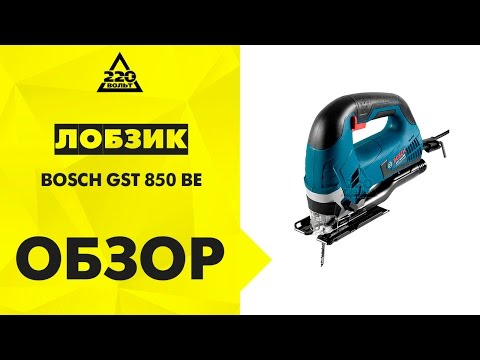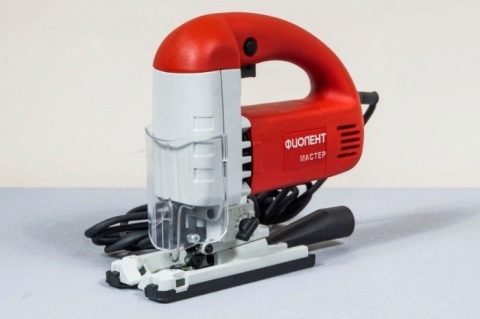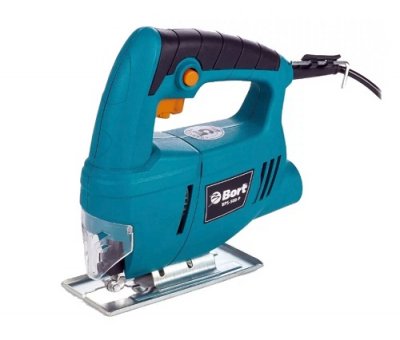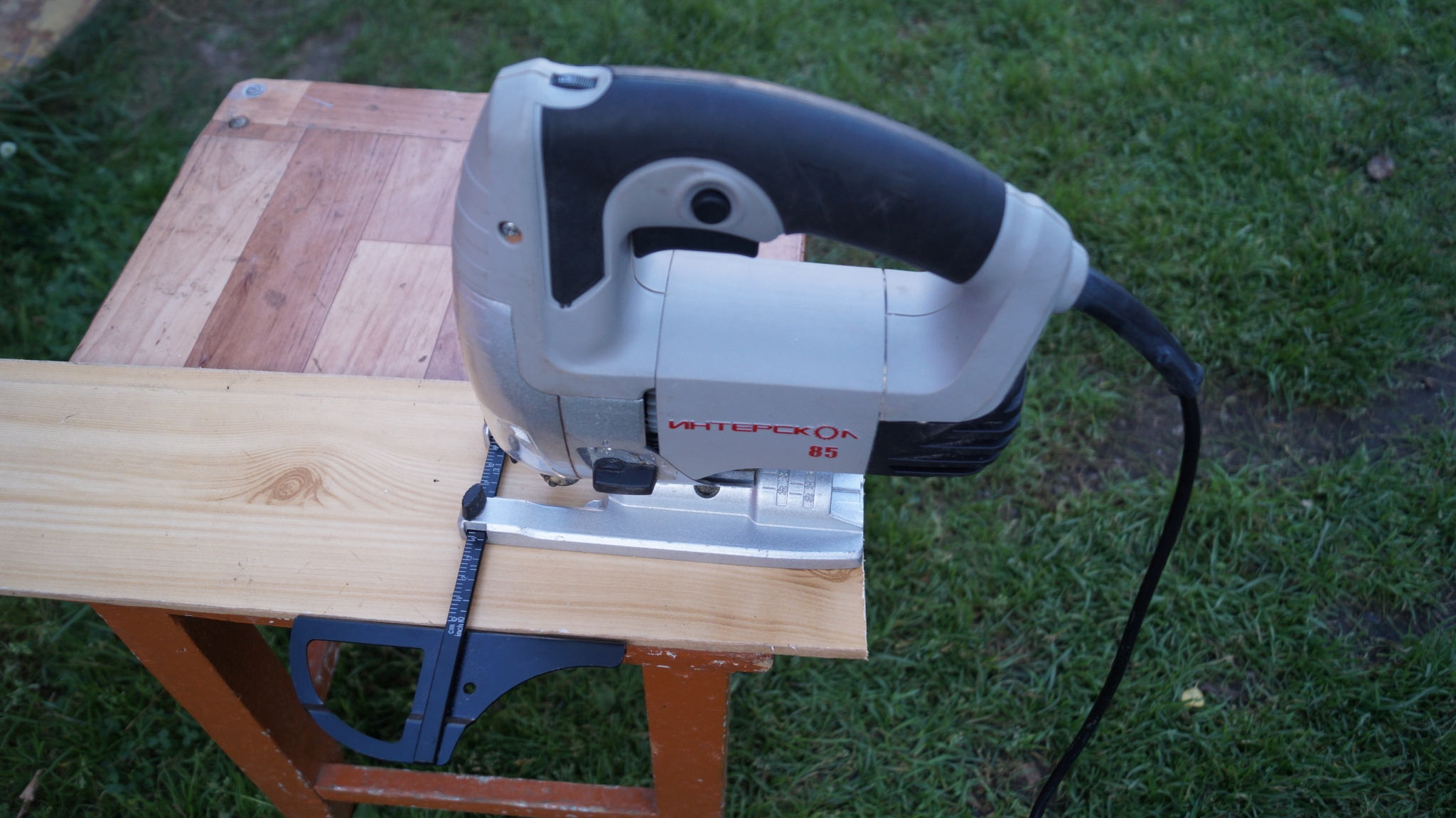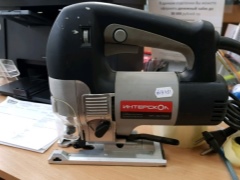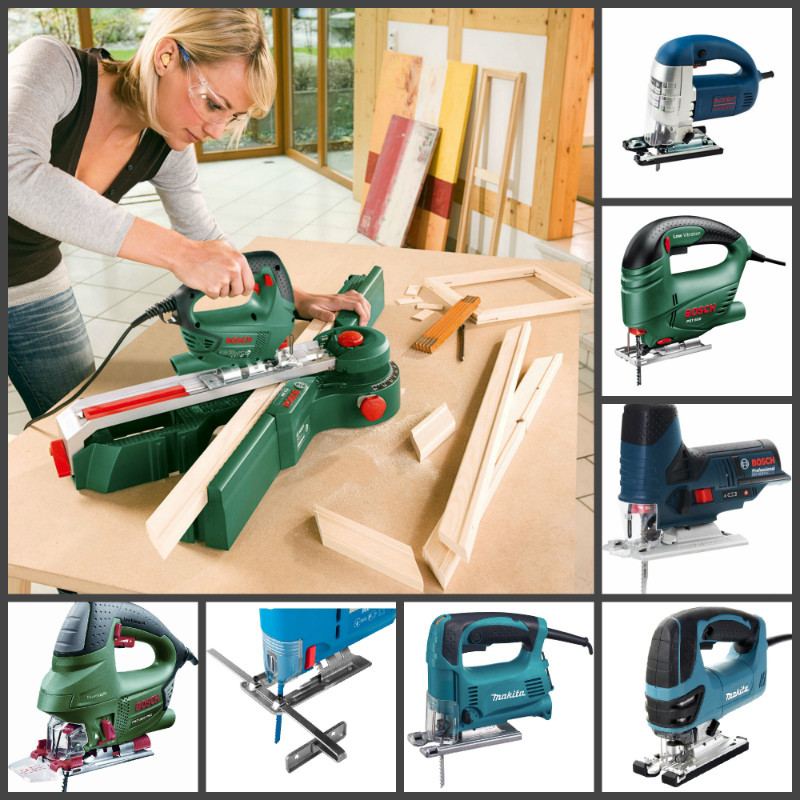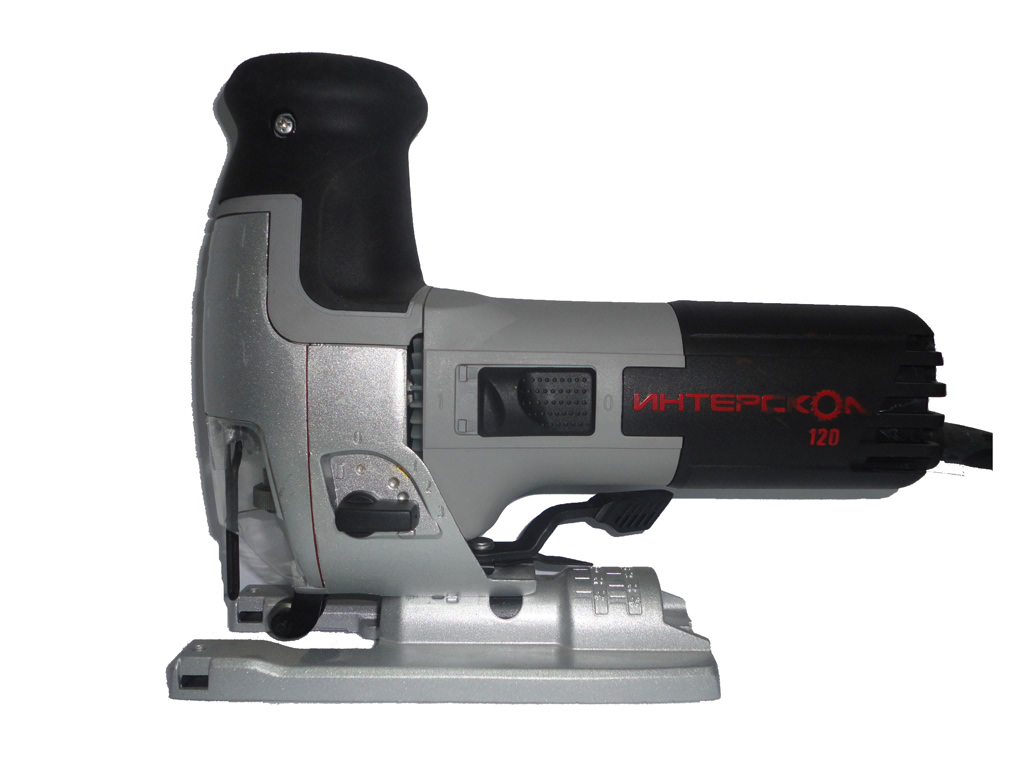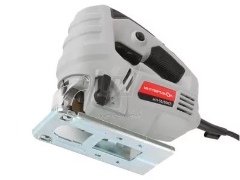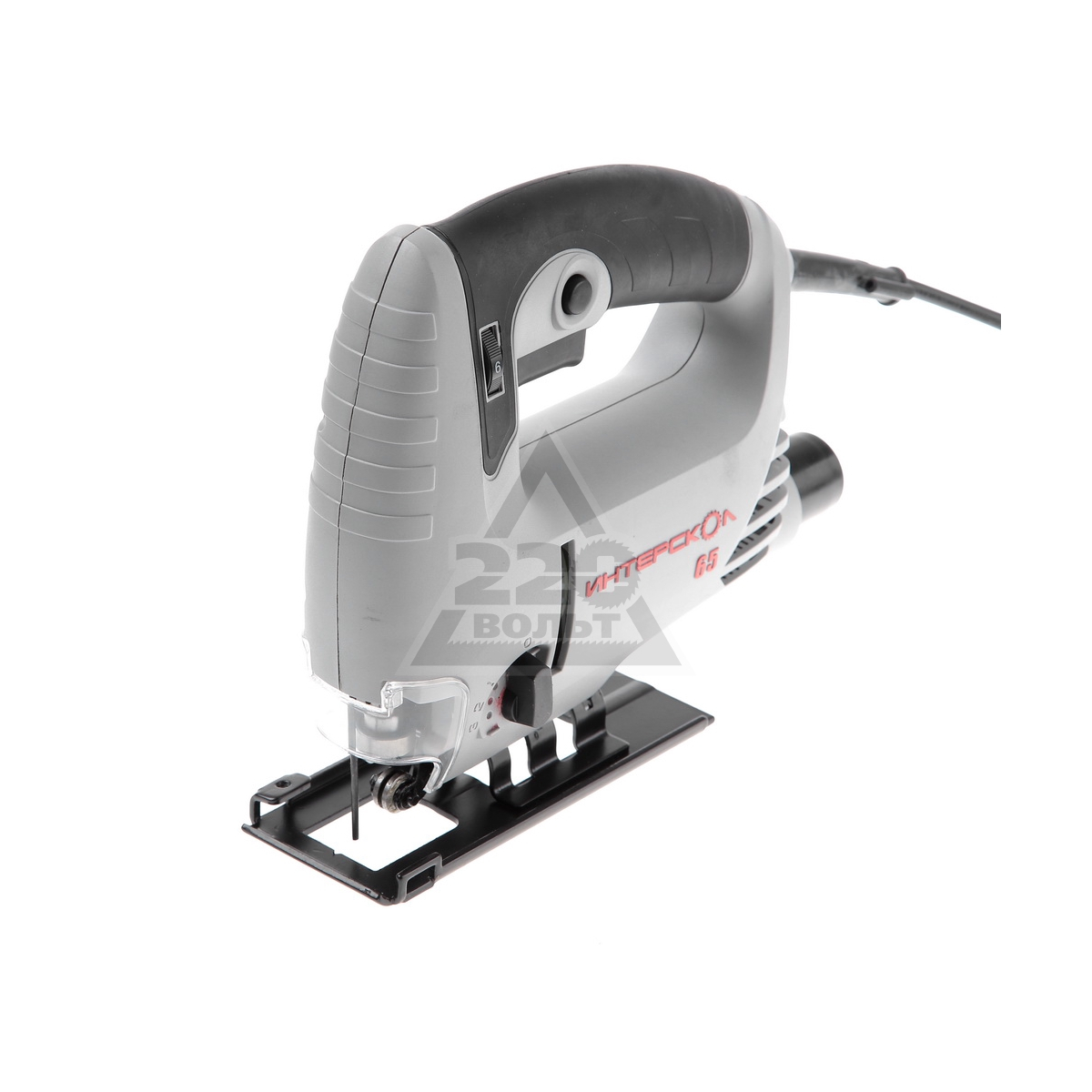Additional functions
To choose an electric jigsaw that has all the functions you need, but not overloaded at your expense with unnecessary bells and whistles, you need to understand these functions.
Pendulum stroke
Currently, the pendulum movement has become an attribute of even the most budgetary models. When this option is enabled, the blade begins to move not only up and down, but also back and forth. This speeds up the cut, but at the same time lowers the surface quality. The length of the pendulum stroke is regulated by a switch located on the side wall of the device. It makes sense to enable the option for large volumes of sawing and disable it when performing a curved or requiring special precision and quality of the cut surface.
Sole angle
If the budget allows, then it is better to choose a model that has this function. By turning the sole at a certain angle around the longitudinal axis, you can make a cut at an angle of 30, 45, 60 degrees. For professional models, these positions are not fixed, and the angle can be changed smoothly, focusing on the protractor.
Jigsaw with pendulum stroke and variable angle of inclination of the sole
On inexpensive models, the sole is fastened with a hex key, on more expensive ones - in a quick way, with a special clamping lever.
Smooth start
For a novice master who does not have much experience, it is better to choose a model that has the ability to smoothly start. It allows you to start cutting at minimum speed, gradually increasing them. This will allow you to accurately start the cut along the intended line, without blocking the blade or slipping to the side.
Maintaining rpm under load
It is worth choosing an electric jigsaw with this function if you plan a large amount of work with hard types of wood or with metal. The function protects the motor from overload by electronically stabilizing the speed.
Blowing off shavings
This option should certainly be chosen by those who intend to do sawing. The chip blowing system, using the airflow from the fan - engine cooler, blows chips out of the working area, providing good visibility.
Laser pointer
A device with a laser pointer is wise to choose when a large number of straight cuts are required.
The option allows you to save time on marking, marking only the start and end points of the cut on the workpiece, and guide the electric jigsaw along the line illuminated by the laser.
Varieties of jigsaws and their functionality
The types and purpose of jigsaws depend on where they are used and what tasks they must perform. Therefore, there are household and professional jigsaw options.
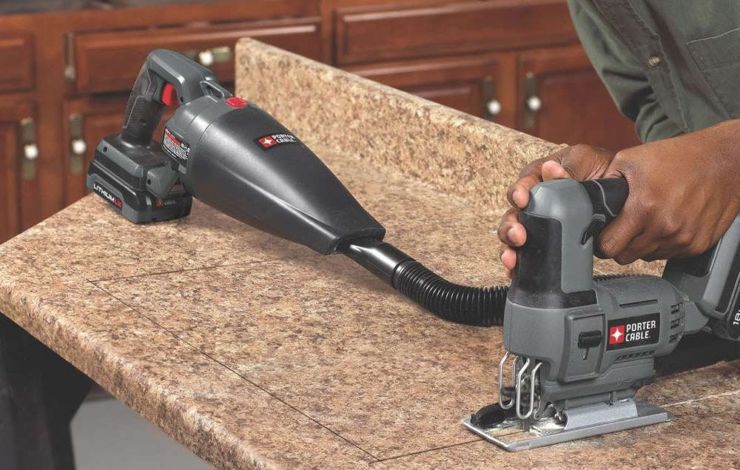
Household devices have a low power rating (up to about 500 W) and low performance. The number of working hours of the considered devices is no more than 20 per month.

Among the pluses: a wide range of devices, affordable prices, light weight. The disadvantages are the limited working life and the impossibility of processing material with a large thickness.

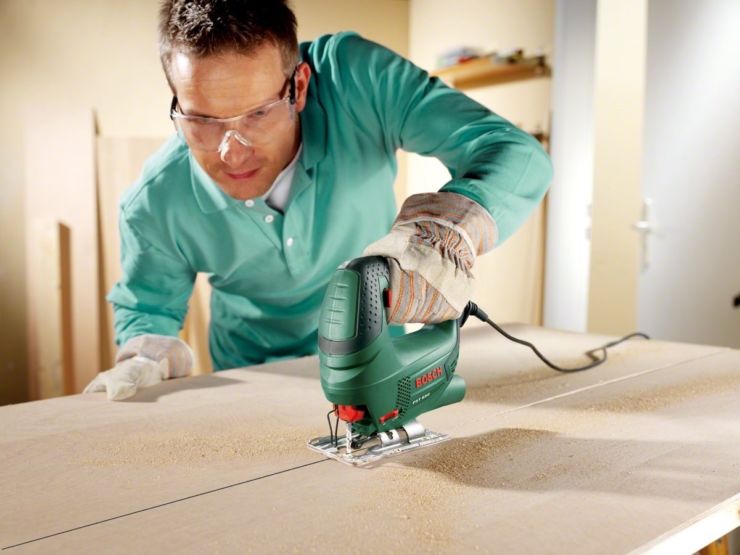
Among the pluses is a wide range of functionality, a significant work resource. The disadvantages are high weight and high prices for well-known brands.
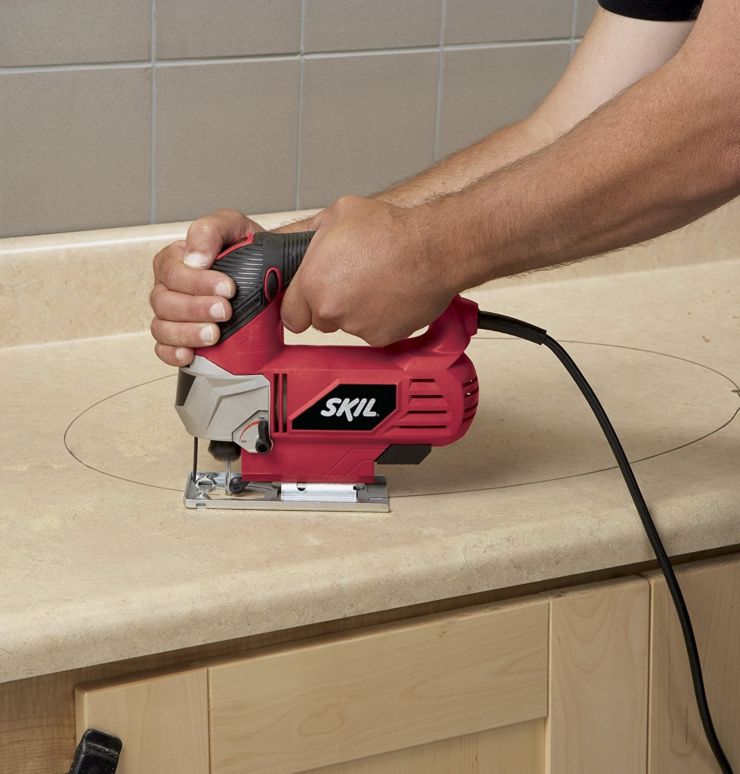
User manual
Startup and maintenance
When buying a tool, make sure that there are no visible damages and malfunctions, ask the seller to make a test run of the engine. Make sure that the product is complete, that you have a warranty card and a passport.
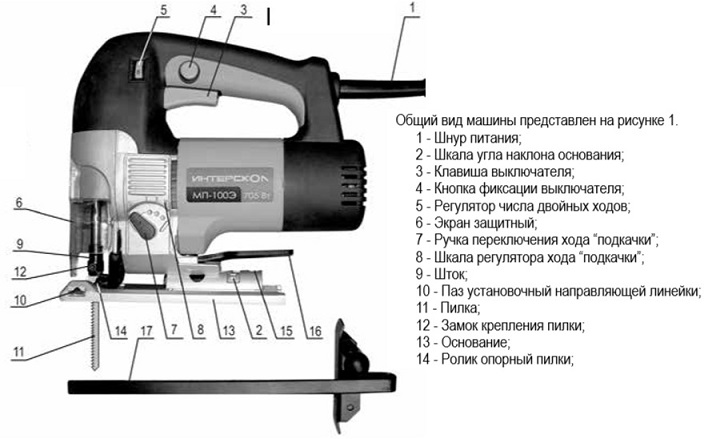 Jigsaw device Interskol
Jigsaw device Interskol
Preparation for operation of the Interskol jigsaw:
- Before starting work, carefully read the manual and operating instructions for the Interskol jigsaw;
- Check the reliability of fastening of all parts and the serviceability of the insulation of the motor and the power cord;
- When working with small parts, they should be fixed on a workbench or with a clamp;
- Choose blades that are appropriate for the material you are going to cut;
- Set the settings for your electric jigsaw, depending on the material, its thickness and the required cutting accuracy;
- Never place your fingers in the line of the saw blade - this could result in injury;
- Do not press or push the saw blade while cutting, this will heat both the saw blade and the motor.
Replaceable blades
When purchasing an Interskol electric jigsaw, you need to think about saw blades for tools. There are many models and types of files available on the market, let's try to figure out which ones we need. First of all, let's figure out the labeling. The first is the Latin letter, it means the type of shank.
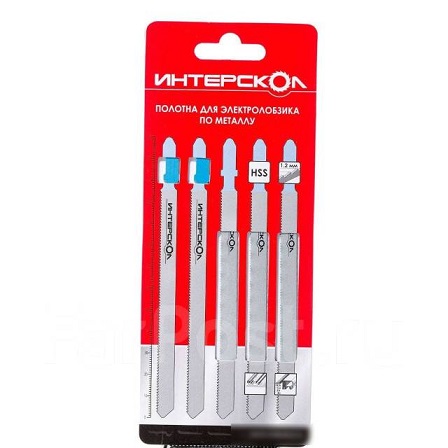 Saw blade Interskol
Saw blade Interskol
There are three types of markings - "T", "X" or "U". The "T" symbol says. That the shank is T-shaped. It is these saw blades that are needed for Interskol jigsaws. Further in the marking there is a series of numbers, as a rule, there are several of them, but the first is important for us - it means the length of the file.
Marking of jigsaw blades by number:
- 1 - Standard short file (75mm);
- 2 - Standard file of medium length (90mm);
- 3 - Extended saw blade (150mm);
- 7 - Very long, over 150mm.
After the numbers, there are again letters indicating the size of the tooth: A, B, C, D, where “A” is the smallest tooth, and “D” is the largest, the rest of the numbers indicate an intermediate value of the size of the teeth. The next letter indicates the quality of both steel and the object of application of this blade.
Jigsaw blades marking by letter:
- F - the file is made of bimetallic composition - the highest quality tool;
- R - this marking indicates a backward-facing tooth. Blades are designed to work with thin, flaking materials;
- X is the most common blade used for working on wood and metal.
- O - a file with this marking is designed for curved cuts, allows you to make sharp turns, without losing the quality and accuracy of the cut;
- P - the blade is designed for oblique cuts, as a rule, the body of the file is thickened and does not bend.
| Symptoms | Probable malfunction | Possible solution |
| When you press the "Start" button, the engine does not turn on | Defective power outlet or power cord
Defective starting device Low mains voltage Lack of contact of the brushes with the collector Critical brush wear |
Replace the outlet or power cord
Repair or replace the starting device Consult a repair shop or an experienced electrician |
| When the engine is turned on, a sheaf of sparks is formed around the manifold. | Short circuit in the armature winding
Brushes worn out |
Contact the service center
Replace brushes |
| The working tool makes an increased noise from the gearbox | Worn gears or gearbox bearings | Disassemble the tool and replace worn parts or contact a repair shop |
| With the engine running and the throttle trigger pressed, the saw does not move | Malfunctions in the stock | Replace the stem yourself or contact the service center |

